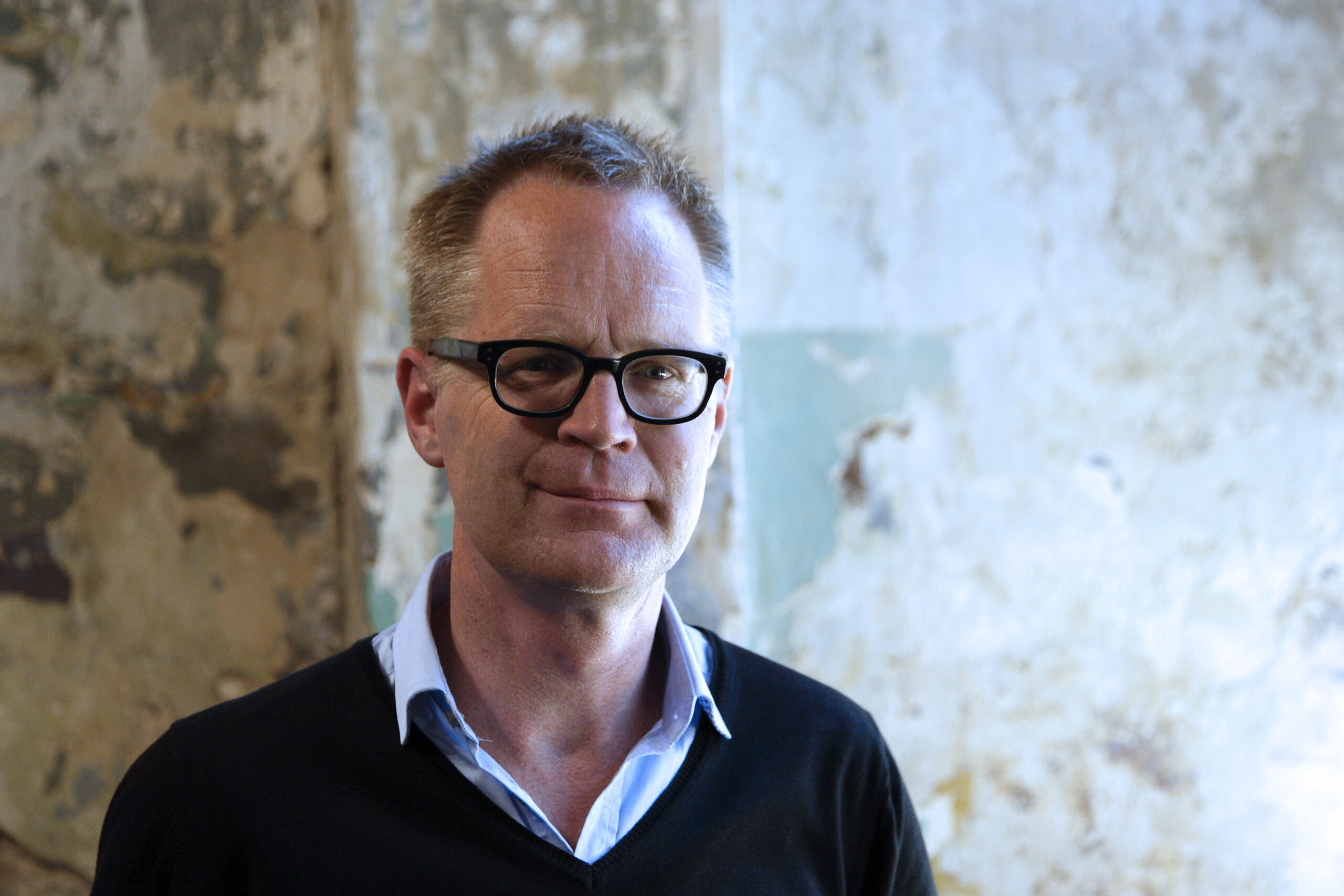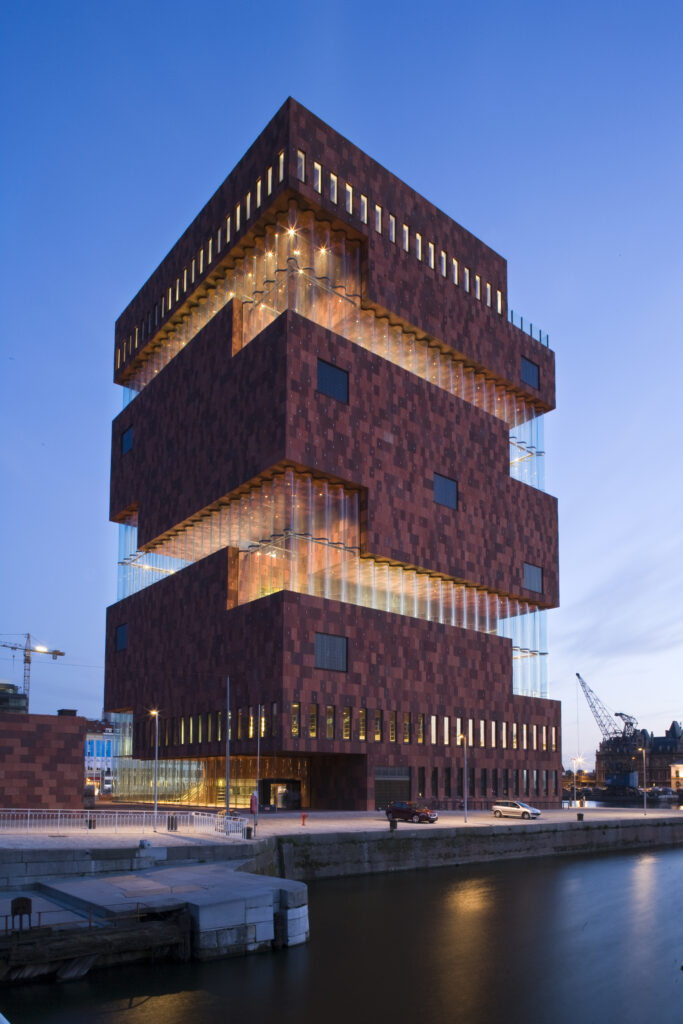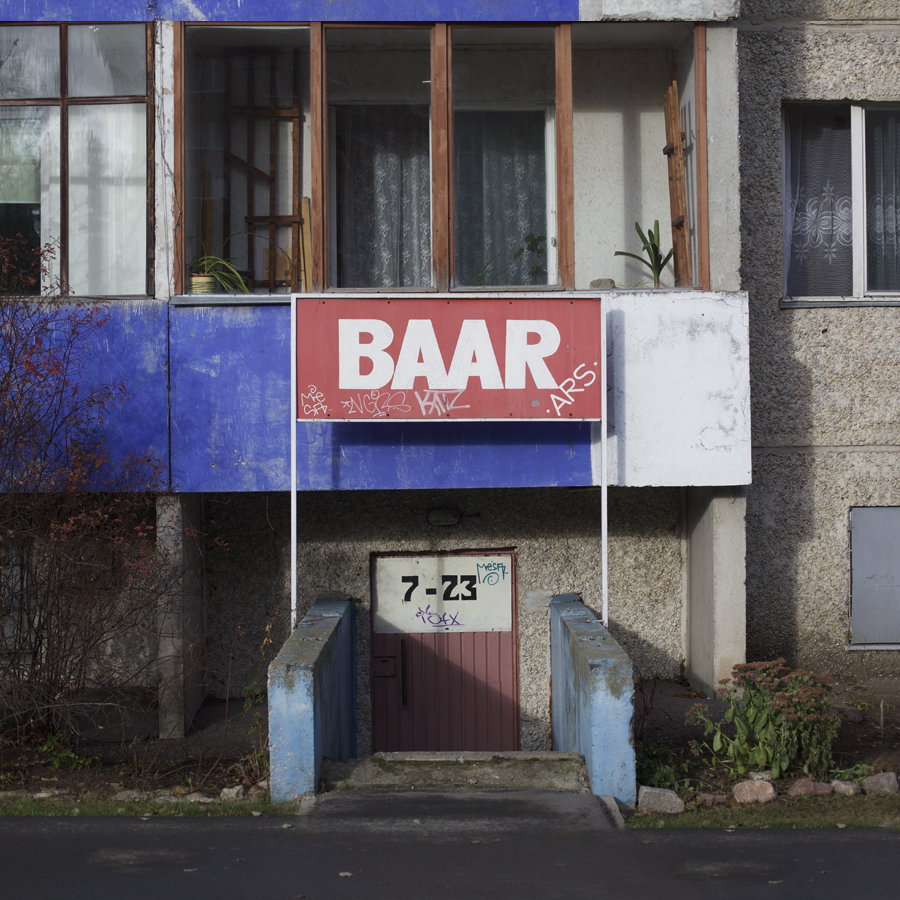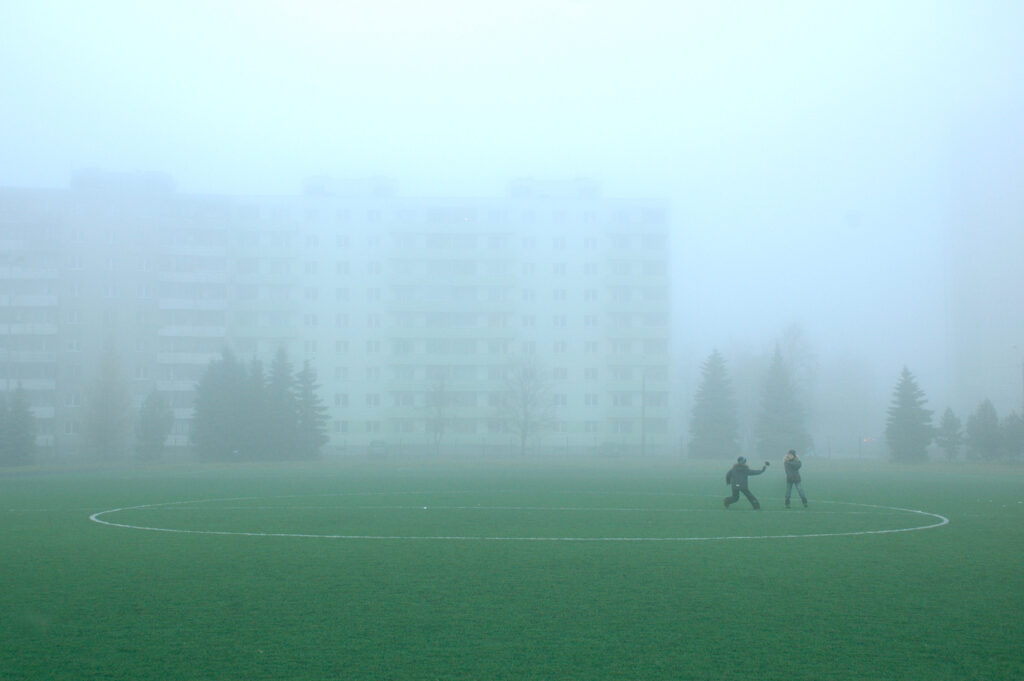Hans Ibelings is an architecture critic, theoretician and historian. In 2004, he founded the magazine A10, new European architecture – which until recently he ran and edited – together with Arjan Groot. He studied art history and archeology in Amsterdam. He has worked as a curator for several years in the Netherlands Architecture Institute NAi in Rotterdam. He has taught at various schools in the Netherlands and abroad, written and edited several books on contemporary architecture, including the European Architecture 1890-2010. He is currently the editor of The Architecture Observer, a multi-platform tool for architectural criticism. He gave a lecture in Tallinn in June at the Estonian Academy of Arts Faculty of Architecture guest speaker series and took a close look at the graduation projects which offered an opportunity to pose him some questions like “What’s the word?”. “Margins,” says Ibelings.
Are we on the margins here in Estonia?
It depends on the definition of the centre. There’s always more attention for the centre and the margins seem to be the leftover. Yet the margins of architecture define where the centre of the field is. When the margins move in one direction, the centre moves as well. You cannot have changes within the centre, it’s fixed in that sense. To understand the centre you have to understand where the margins are.
Leon van Schaik, an eminent educator based in Australia, has noted that all the strong creatives – in architecture also – purposefully and consciously stay on the margins to develop their ideas and to experiment, to occasionally show up in the centre to see what people think of what they’ve come up with but they always retreat to the margins to work on something new, if they’re strong enough.
There’s also still this unclear border between what’s considered architecture and what’s not. Those borders are changing – and that’s the interesting part – the future of architecture is in the margins.
What is the role of an architecture critic then?
I’ve been writing about architecture for a very long time, but I still don’t know when it’s criticism, when it’s history or when it’s theory. I have a very simple understanding that history is about the past, criticism is about the present and theory is about the future. Criticism is the first ingredient to write the history. Instead of the narrow definition of reviewing buildings, I find it more interesting to speculate and try to understand what’s going on right now. By doing that, finding ways to understand the past in a different way, to find new perspectives. Writing about architecture for me is about making provisional statements that are about here and now – they’re only valid for the moment. The most interesting moments are those when you must change your frame of reference. For example, for a long time people could look at architecture and see it as continuation of modernism, but then there was this big rupture into post-modernism. Now, there are several attempts to see it in a different way again. Every time there’s a need to re-assess your own definition of architecture, those are the most interesting moments for me.
Moving from the individual approach of a critic to the architecture museums and centres or institutes, then those as institutions are much more difficult to change. What is the role of the architecture centres?
These institutions are relatively new of course, in most of the Western countries they started to appear somewhere in the late 1970s. They reflect a period when the cultural dimension of architecture became more and more prominent. The Canadian Centre for Architecture (CCA) is about 25 years old, the Netherlands Architecture Institute (NAi) in Rotterdam would’ve been 21-22 or so. There’s enthusiasm and dynamics when they’re new but after a while they become more stable – they either have to re-invent themselves like NAi did by merging with others, or they have to become an establishment. Often things that have been there for two decades disappear. The glorious days of architecture museums are connected to the post-modern cultural dimension of architecture – we have, in addition to CCA and NAi also IFA in Paris, DAM (Deutches Architekturmuseum) in Frankfurt etc. The days of presenting just a beautiful model or some drawings are, I believe, more or less over. Other agenda – that of activism or similar – has come to the fore.
Do you think that the merger that the NAi went through is a good one?
No. It was imposed upon the NAi at the time a right-wing minister of culture decided that all of the so-called creative industries should be in one institute. Yet it was only a way to save money, not driven by any real ambition. For the moment, it’s an unhappy marriage of different institutions looking for a direction.
Speaking of activism, urban design has moved away from architecture as we know it. In terms of professional specialisation, where do you see urban designers sit compared to architects?
The specialisation of urban planners as a separate profession is also new – at times urban design was very much informed by architectural motivation, yet today it has become remote. There are still few architects working in this old tradition but most of the time these two are rather separate and the cultural dimension in urban design is even more difficult occasionally to see than in architecture. Many architects are having more interest in program than in form – the formal appearance of architecture is less important than programming. The real design aspect… Take Copenhagen, there’s too much design! Here, in the former Soviet Estonia, you’re maybe saved by the prediction that the population would shrink, so you’ll end up having less disastrous projects than in the case when the population would grow. Still it’s a serious problem – the history of architecture evidences a constant struggle on the borders of the field. In the 19th century the vast growth of cities led to new needs such as interior architecture, industrial design and urban planner and these have become independent professions, eating away from parts of the work of an architect. The role of the architect has never been stable. This is a dynamic situation not always presented in the architectural education.
What will happen to those architecture graduates whose thesis projects you evaluated at the Estonian Academy of Arts?
There was one project that was hardly about designing anything but rather about programming a vacant building – combining the jobs of the municipality, that of a developer and a designer together. This project has the potential to be self-started in reality. The architect as a strategic programmer of people, money and sites is maybe a more viable road than just designing buildings.
That is interesting because this is also scalable from small-scale buildings to whole city districts.
Exactly – it may concern one part of the building or a larger urban area. There’re always those social and programmatic issues that an architect needs to solve. Compared to a single building, urban planning is more difficult in that regard due to the scale of the task, to operate as fast and to be as agile in the face of multiplicity of different interests. There’s too much friction. In Estonia where there’s such a small population and limited resources, only the most strategic locations and the most promising projects can be eventually realised.
Looking at what we can do and what we cannot do – prioritising means having a vision. Which we don’t have too often. Developing a smart scenario requires awareness, communication of the issues. Where to discuss those things? What’s the future of publications?
There will always be a need and interest in the news – information and knowledge – and newspapers. Yet I don’t know if we’d see them in printed form for the next twenty years. What is the biggest online shop? Amazon. What comes after that? One big player, then nothing. And then finally the small players. Even the bigger players have problems. Due to globalisation, language based markets witness a reduced number of outlets. The decline of substance is obvious, there’s a growing fragmentation of knowledge. Additionally, the webzines are disturbing the market for books. For me, there’s a big difference between websites that disseminate information from press releases and the knowledge producing publications. I have consciously positioned myself in a niche. Knowledge is power. In that sense, being in a niche and producing knowledge that might be accessible only to a small group of people is not so bad.
This interview was first published in an abbreviated version in Estonian in Eesti Päevaleht on July 16, 2014.




